how do class k fire extinguishers work
Class K fire extinguishers work by saponification. Saponification takes place when alkaline mixtures are applied to burning cooking oil or fat creating a soapy foam on the surface that holds in the.
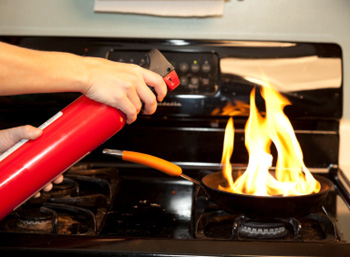
Kitchen Class K Fires How To Fight Them
How do you extinguish a Class K fire.

. Class K fire extinguishers use special extinguishing agents that separate and absorb the heat elements of the fire the fuel oxygen and heat necessary to start a fire. Currently the only effective extinguisher rated as Class K is the Wet Chemical fire extinguisher. The wet mist contains potassium acetate potassium carbonate or potassium citrate mixed with the cooking grease to create a blanket that will cool the flammable liquid and block oxygen extinguishing.
It has a soft-flow nozzle extension applicator that shoots out the side instead of a direct shot. These fire extinguishers work on the principal of saponification. They put out fires by a.
What is fire extinguisher K. Kitchen grease fires require a Class. To produce a fire there must be oxygen heat fuel and a chemical reaction.
Class K fire extinguishers use special extinguishing agents that separate and absorb the heat elements of the fire the fuel oxygen and heat necessary to start a fire. Currently the only effective extinguishers rated as Class. A fire hazard level refers to the amount of fire risk that exists in a given building.
Class K fire extinguishers are more effective in extinguishing cooking fires. At Getz Fire Equipment Company we can give you advice on the specific type of fire extinguisher you need. Class K Fire Extinguishers.
Only a Class K fire extinguisher will be effective for Class K fire and must be kept within reach in a commercial kitchen setting. Class K fires involve vegetable oils animal oils or fats in cooking appliances. Do ABC Fire Extinguishers Work On Grease Fires.
Silver class K fire extinguishers are meant exclusively to handle kitchen grease fires. These types of extinguishers are usually found in commercial settings. The right type of Class K extinguisher should effectively separate the fuel from the oxygen and adequately absorb the heat elements and smother raging kitchen fire effectively.
These extinguishers use extinguishing agents that separate the fuel from the oxygen and help to absorb the heat elements of the fire triangle fuel heat oxygen chemical reaction. Class K fire extinguishers are more effective in extinguishing cooking fires. They put out fires by a process called saponification.
Class K wet chemical fire extinguishers help to reduce the temperature of the oil to below its auto ignition point. Cooking oils and grease. They use wet chemical agents with a greater firefighting and cooling effect for this type of hazard.
Class D fire extinguisher works on flammable metals and Class K fire extinguisher is used for oil fires in cooking appliances. These Class D fire extinguishers are yellow and weigh almost 60 pounds with the chemical weighing in at 30 pounds. This makes them well suited for use in restaurants and home kitchens.
Many times a company will place these extinguishers on a wheel cart in order to easily move them around if necessary. The auto ignition points for canola soybean and olive oils are all in the range of 400 to 435 C. It is important to note that the red ABC fire extinguisher uses a dry chemical agent which is the opposite of silver class K fire extinguishers.
A class K fire extinguisher is necessary to have close by in order to effectively suppress and defeat the fires that are most likely to occur in these locations. A class K fire extinguisher should also be used in conjunction with a fire suppression system. How do K fire extinguishers work.
Soybean has the lowest autoignition. Class K fire extinguishers work by saponificationSaponification takes place when alkaline mixtures are applied to burning cooking oil or fat creating a soapy foam on the surface that holds in the vapors and steam and extinguishes the fire. Class B and C fires are common in gas stations power plants bars auto repair shops airports or aircraft service stations industrial kitchens warehouses and any other area where electrical or flammable fires may occur.
Class K fires are most likely to start in commercial kitchens including restaurants but also office cafeterias food trucks bakeries and other food businesses. Class K fires can only be extinguished with Class K extinguishers and should never be sprayed with water as this can increase the spread of the cooking liquids. Saponification takes place when alkaline mixtures such as potassium acetate potassium citrate or potassium carbonate are applied to burning cooking oil of fat.
Purple K Fire extinguishers contain a dry chemical known as Potassium Bicarbonate which is effective in extinguishing Class B and Class C fires. They utilize a foam-forming agent that prevents persistent kitchen fires from reigniting. This process called saponification retains steam and vapors absorbing heat from the fire and extinguishing it.
Class K fire extinguishers are well designed to put out fires starting from greases cooking fats and kitchen oils. ABC fire extinguishers work on grease oil and kitchen fires. The applicable National Fire Protection Association NFPA standard is NFPA 10 Standard for Portable Fire Extinguishers.
Class K Fire extinguishers spray a fine alkaline missed. Wet chemical Class K fire extinguishers spray a fine mist of potassium citrate potassium acetate or potassium carbonate to create a foamy soapy layer on the cooking fuel. Types of home fires.
How do Class K fire extinguishers work. Class D and K fire extinguisher. A grease fire happens when the cooking oil becomes too hot resulting in heavy smoke and eventually a fire.
Class K fire extinguishers. This fire may spread to other kitchen items including paper towels cleaning rags electric appliances. NFPA revised this standard in 1998 specifying that Fire extinguishers provided for the protection of cooking appliances that use combustible cooking media vegetable or animal oils and fats shall be listed and labeled for Class K fires.
Class K Extinguishers work on the principle of saponification. These businesses should be equipped with Class K fire extinguishers as part of a complete fire protection plan. Selecting the Right Fire Extinguisher.
Commercial and industrial buildings are evaluated and assigned a fire hazard level based on business scope and what the building contains.
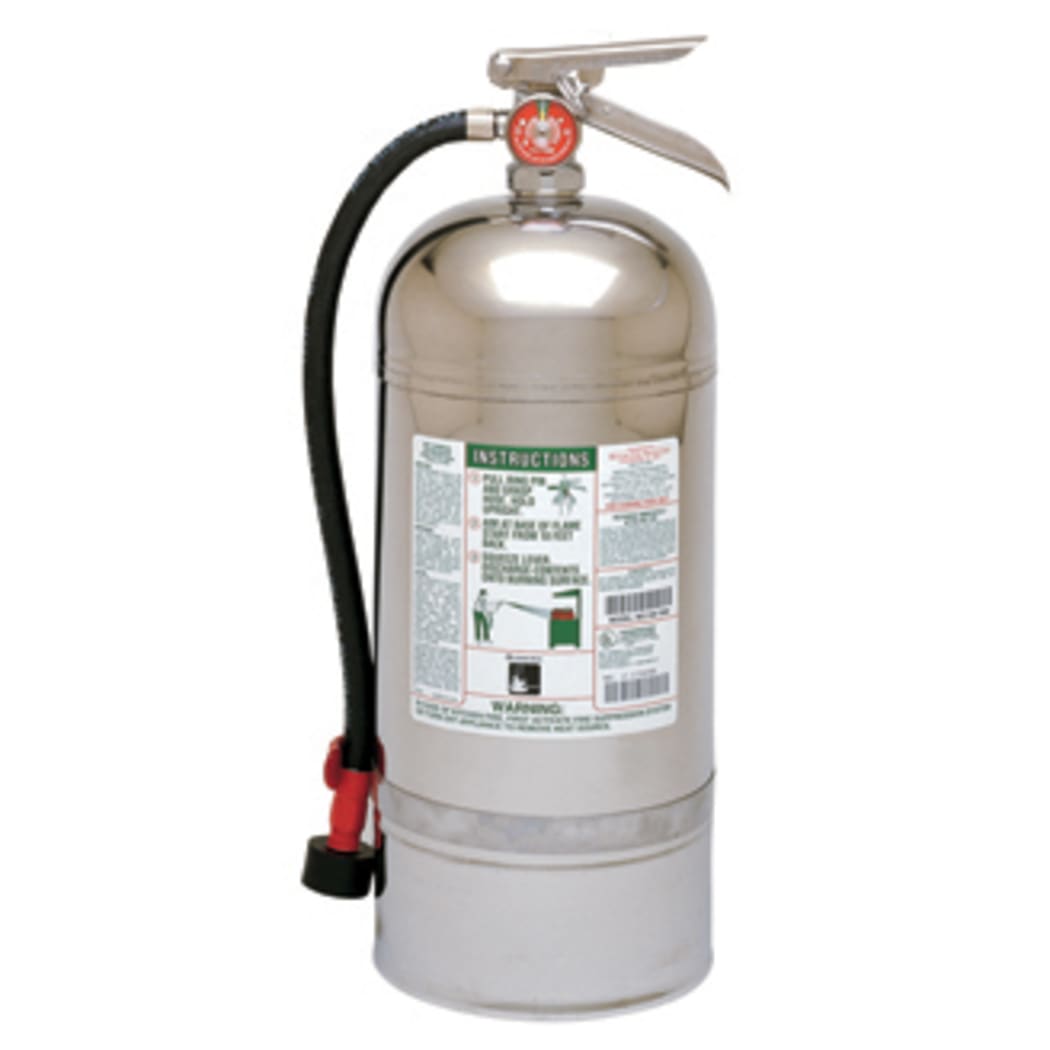
25074 Class K Fire Extinguisher Kidde Home Safety
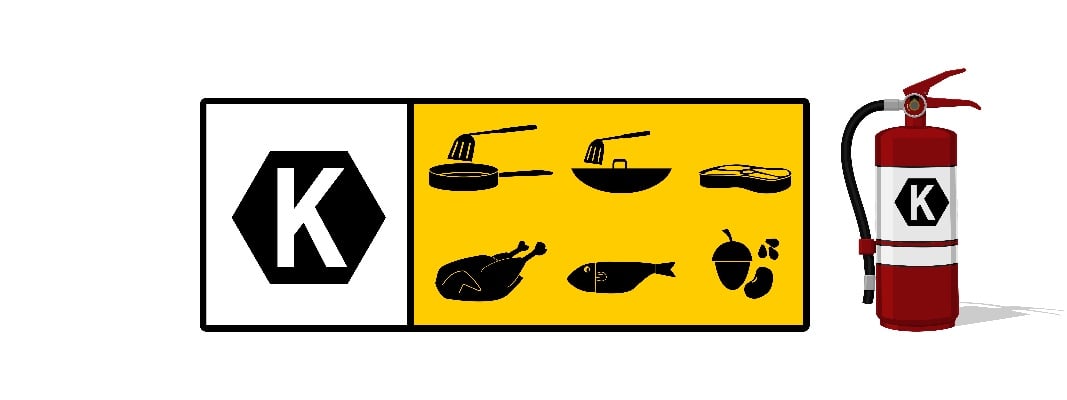
What Is A Class K Fire Extinguisher Used For

Buy 2 Ltr Kitchen K Class Fire Extinguisher Online At Kanex Flat 25 Discount

5 Best Class K Fire Extinguishers 2019 Youtube

Class K Fire Extinguishers And When To Use Them Hsewatch
K Class Extinguishers Reliable Fire Equipment Company
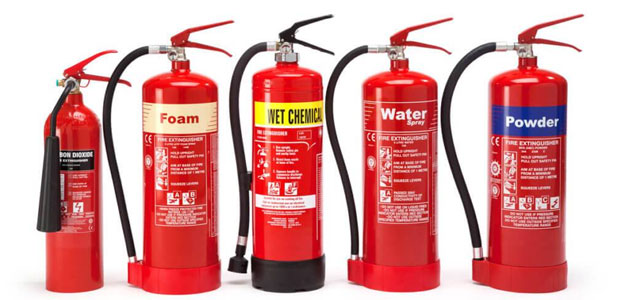
The Abcs Ds And Ks Of Fire Extinguishers Occupational Health Safety
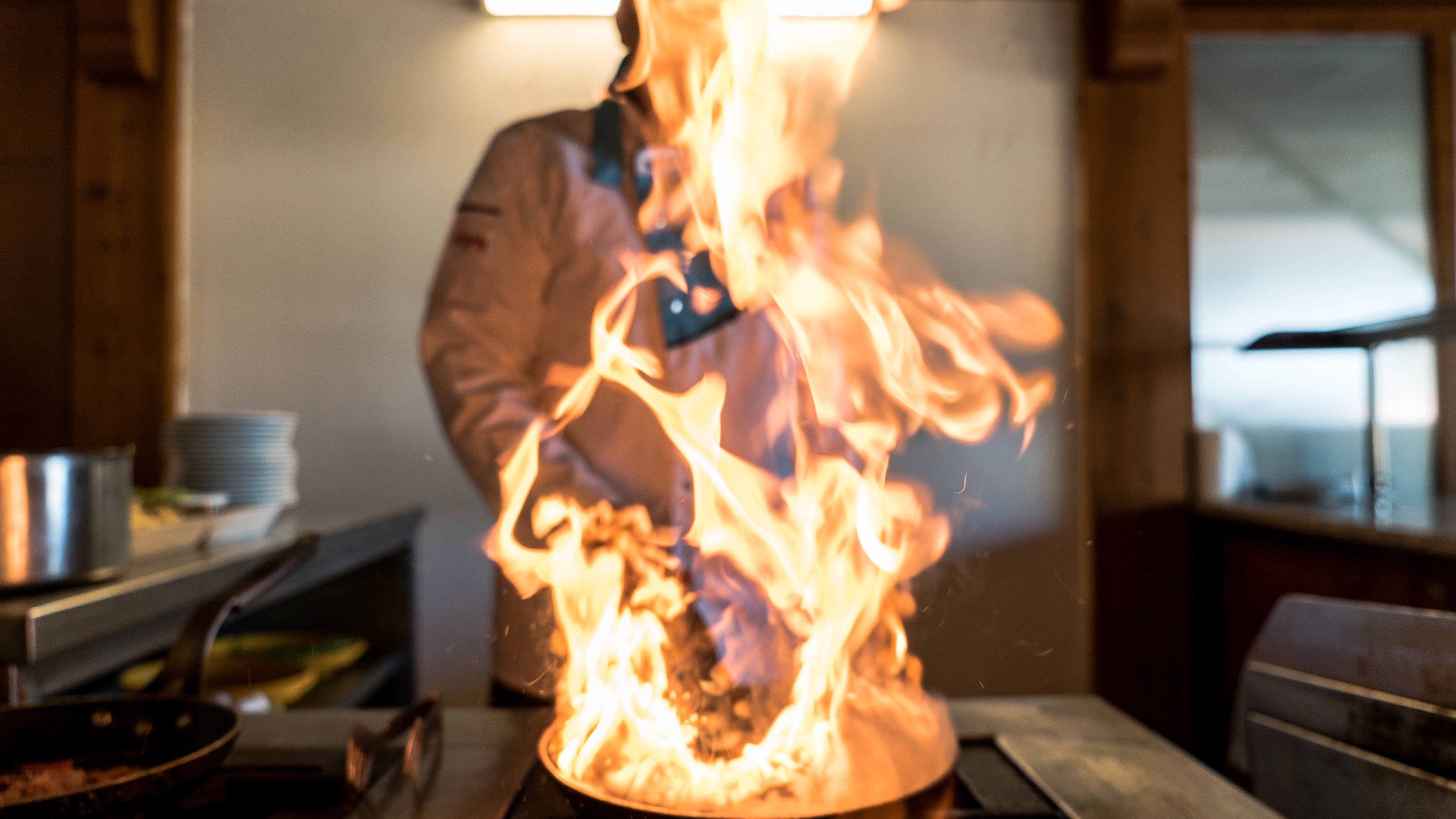
What Is A Class K Fire Extinguisher Used For
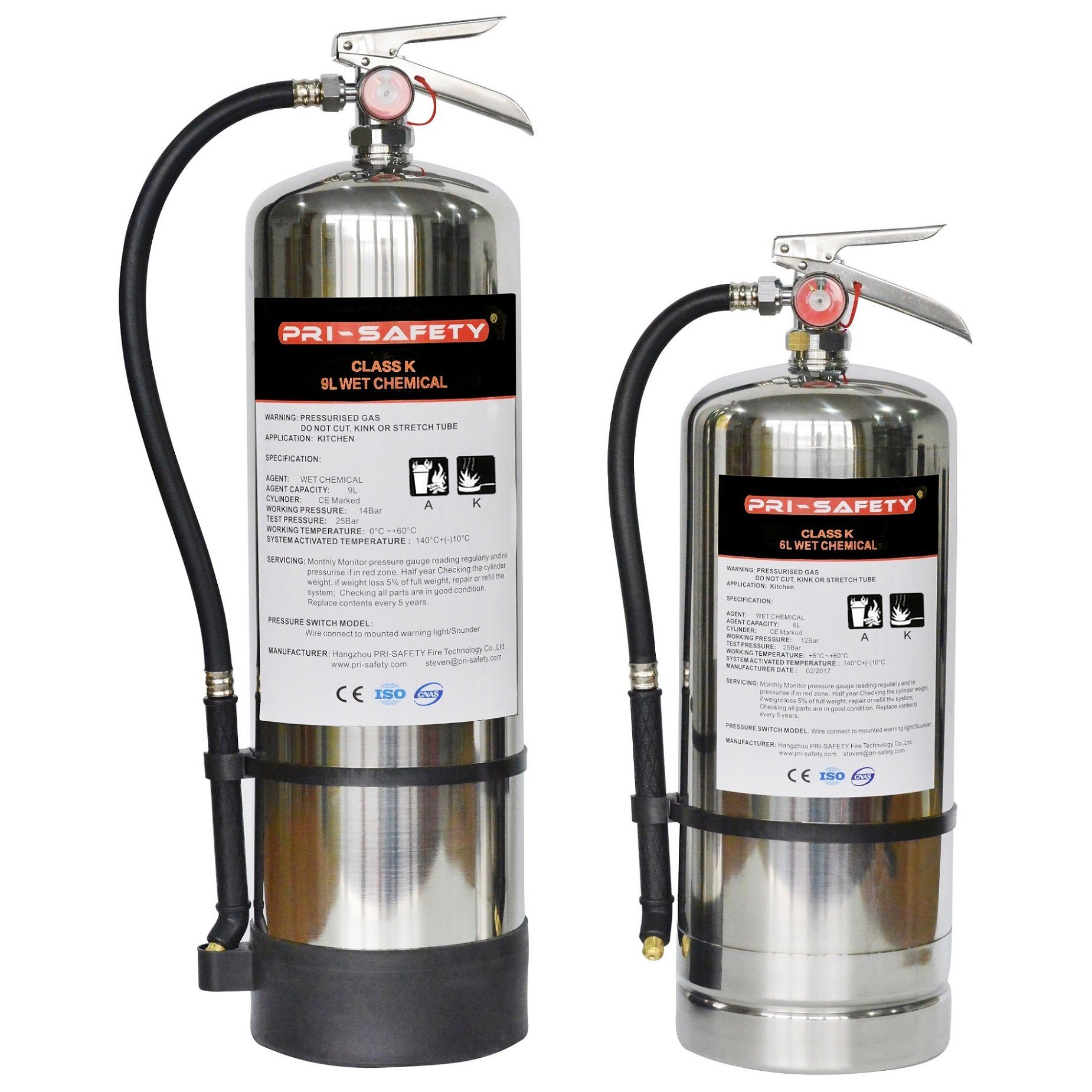
China American Wet Chemical Stored Pressure Class K Kitchen Fire Extinguishers China Wet Chemical Extinguisher Class K Extinguisher

Everything You Need To Know About A Class K Fire Extinguisher

Amerex B260 6 Liter A Class K Wet Chemical Fire Extinguisher Fire Extinguisher Extinguisher Wet Chemical

China 2 5gallons Class K American Wet Chemical Kitchen Fire Extinguishers China Wet Chemical Extinguishers Class K Extinguishers

Amerex Fire Extinguisher Wet Chemical K B260 Fire Extinguisher Extinguisher Wet Chemical
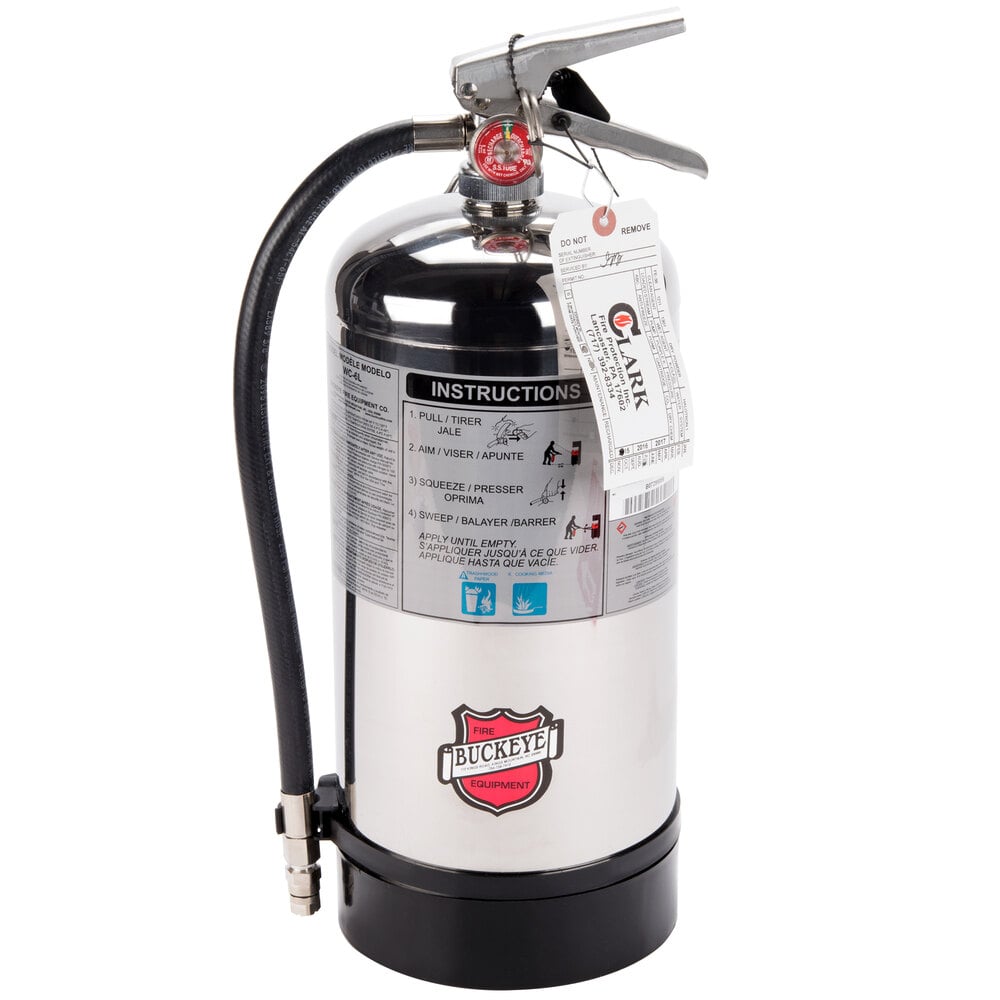
Buckeye Class K Wet Chemical Fire Extinguisher 6 Liter

Which Fire Extinguisher Is Used For Kitchen Fires Other Than Those Caused By Wet Chemicals Quora

Class K Fire Extinguishers Markel Specialty
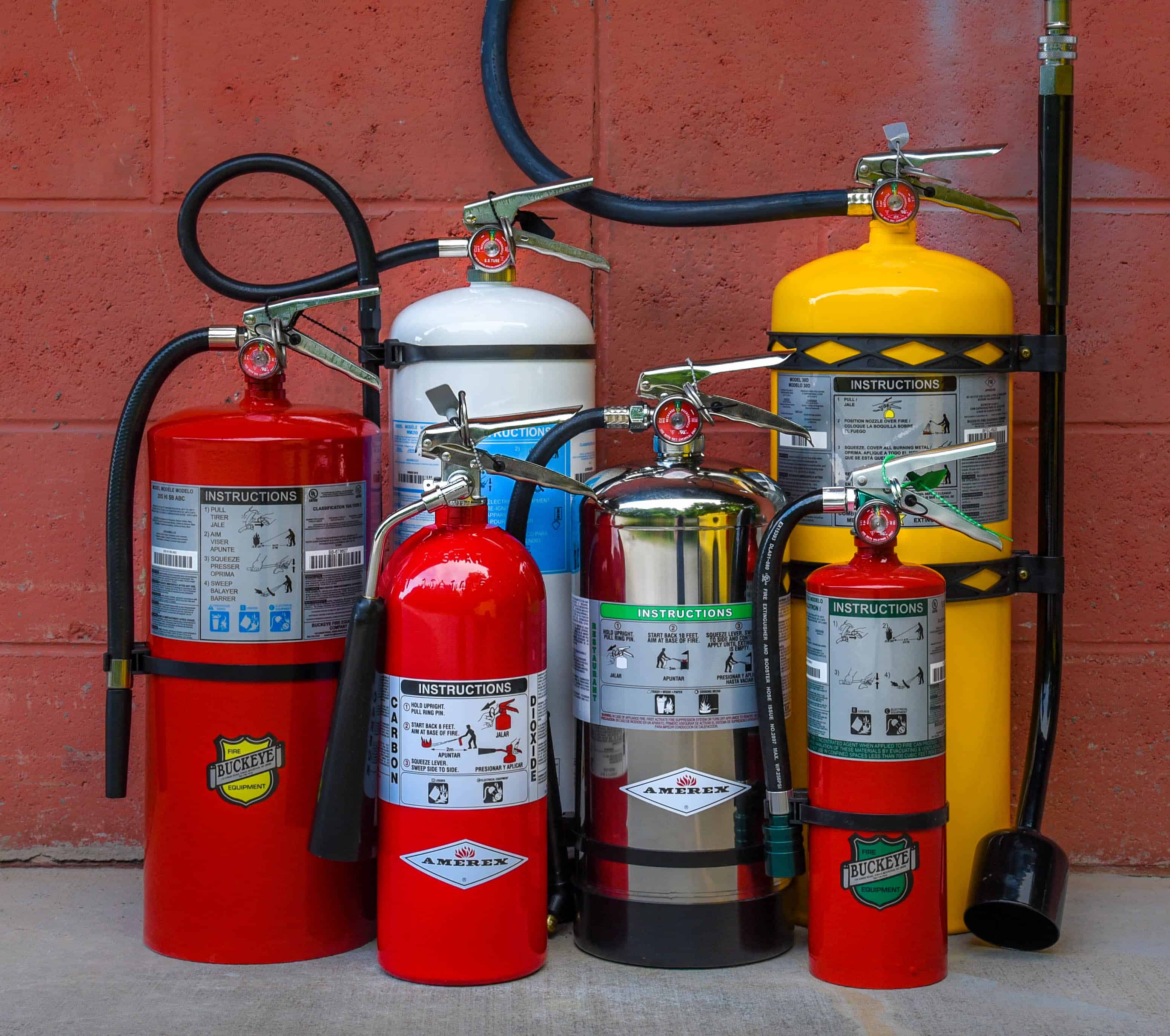
Everything You Need To Know About Fire Extinguishers Fire Systems Inc
